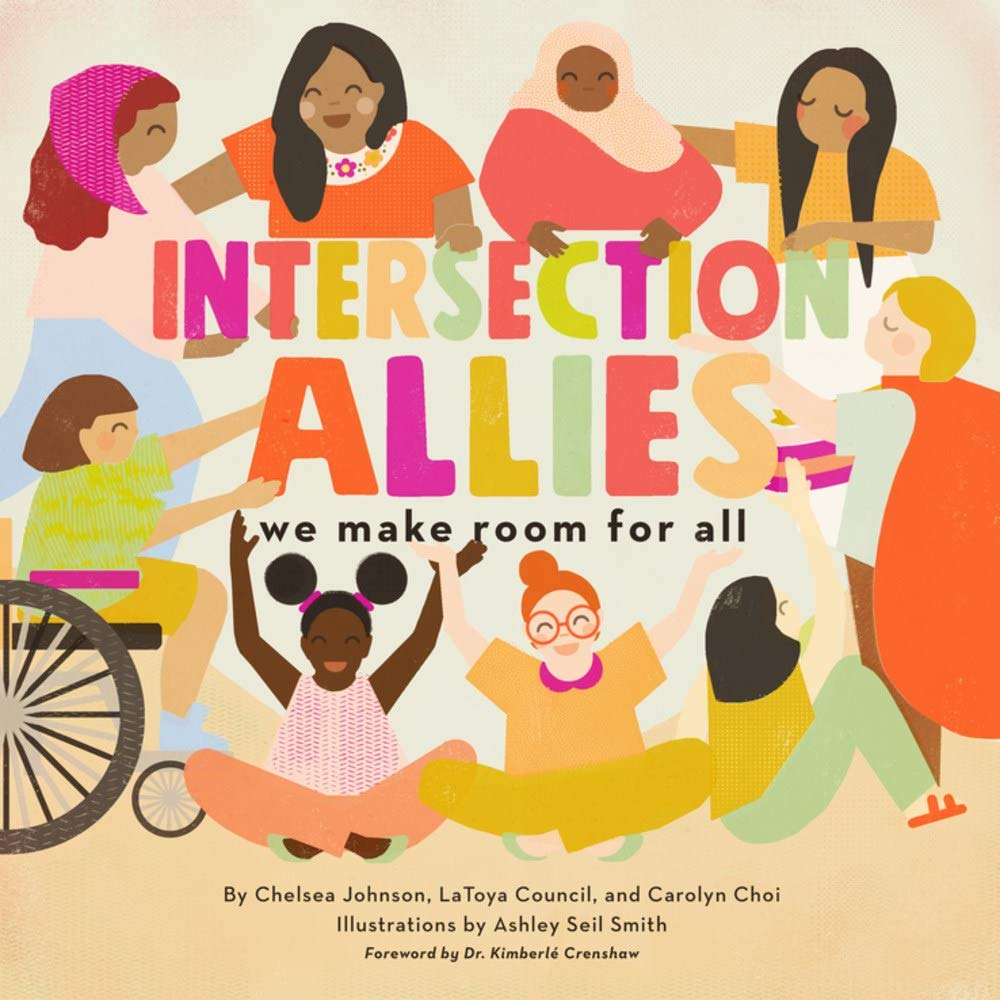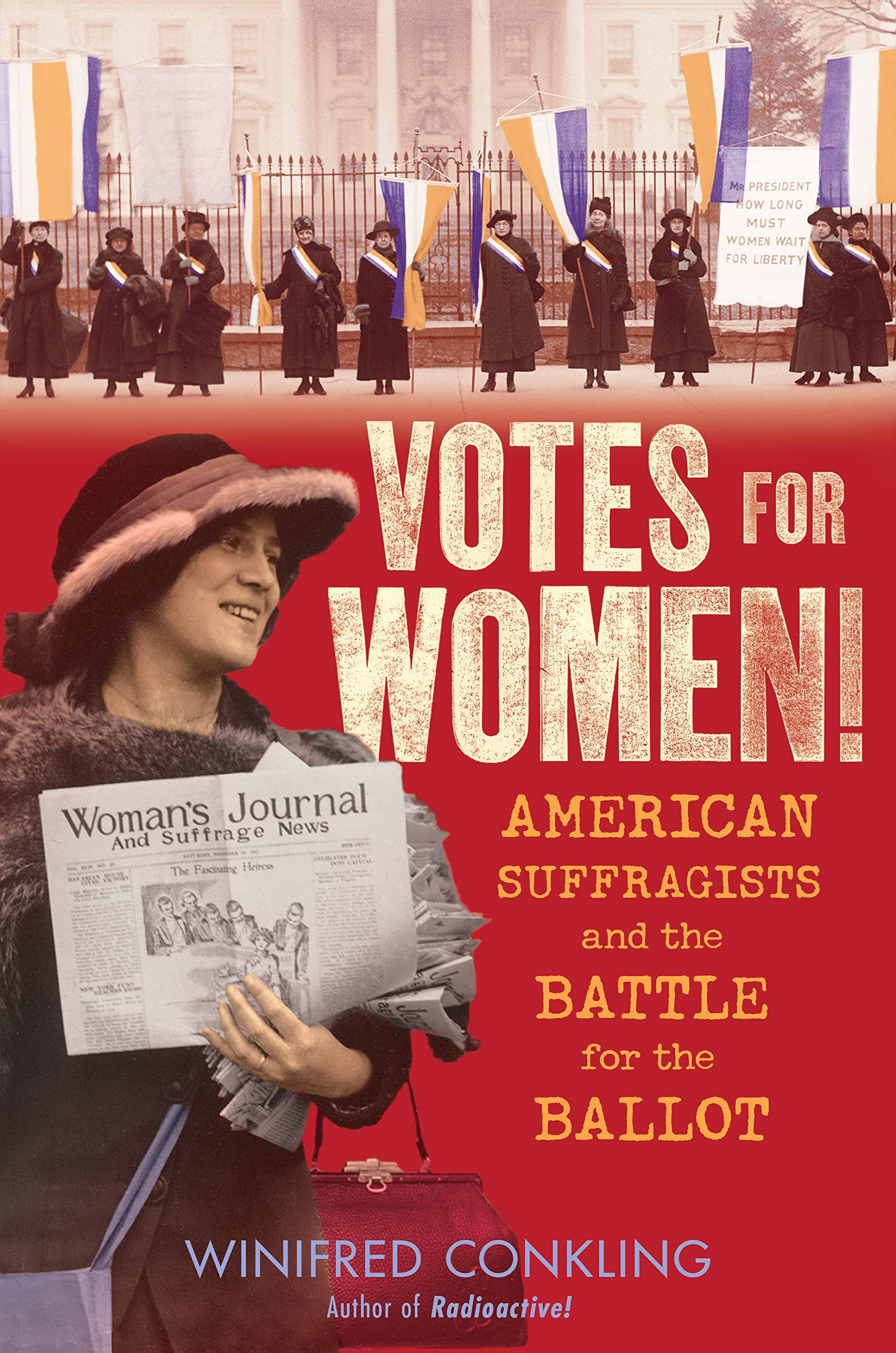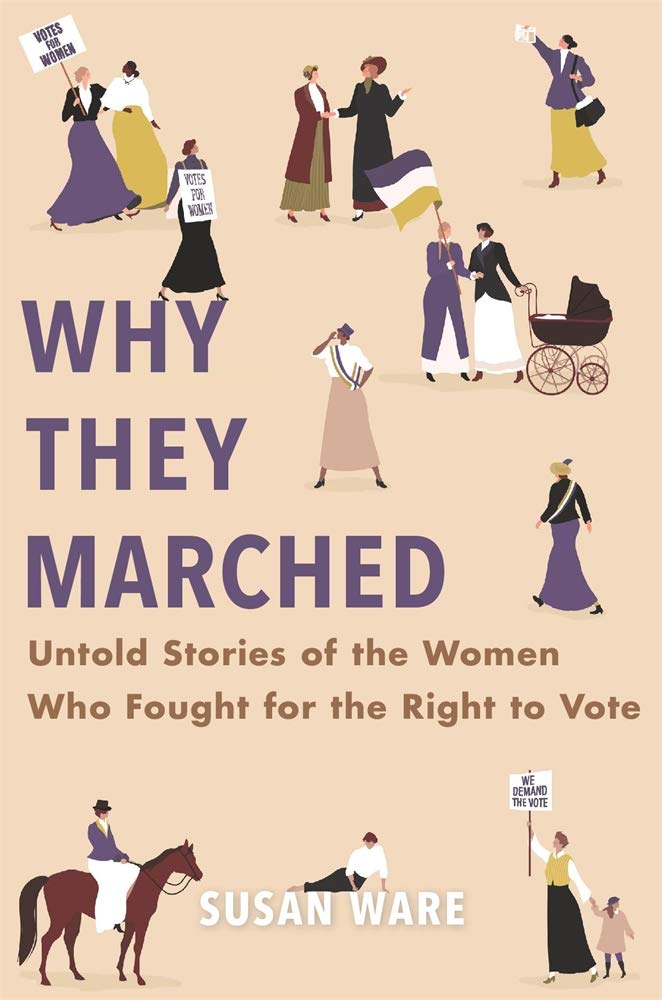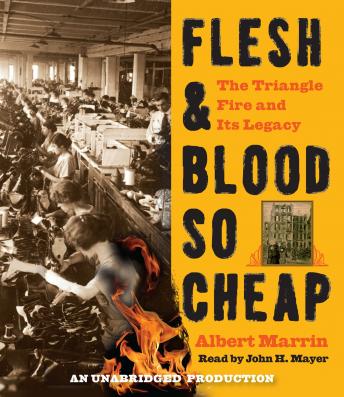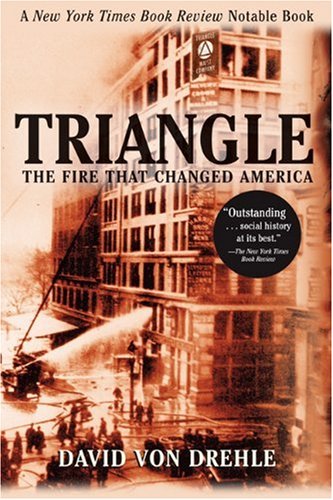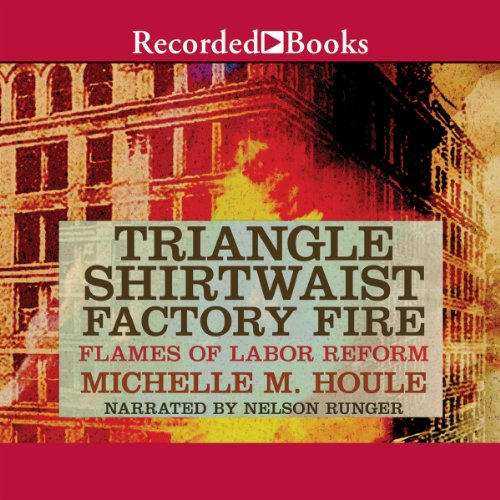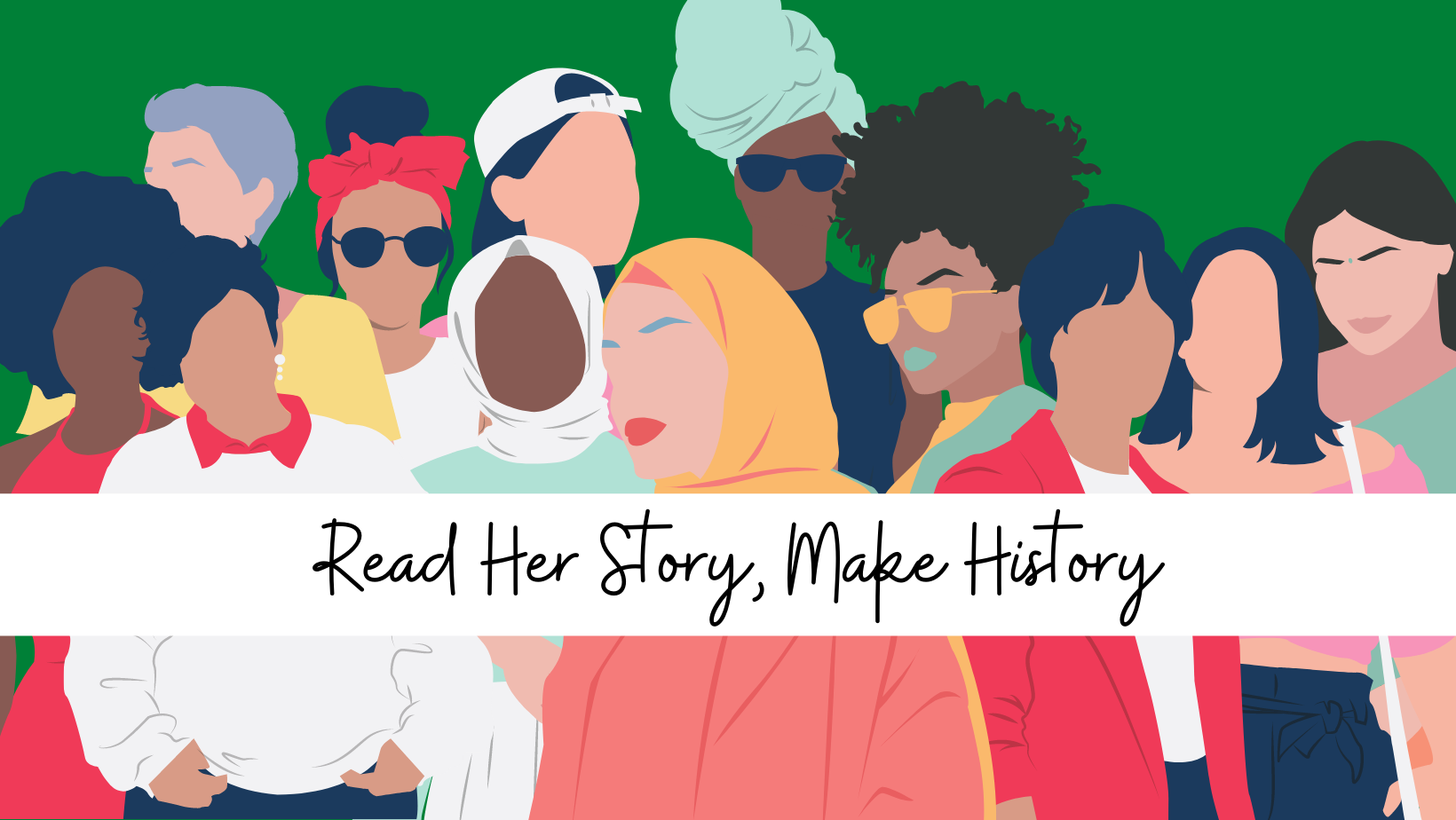
As described on the official website for International Women’s Day, “International Women's Day (IWD) has been observed since the early 1900's - a time of great expansion and turbulence in the industrialized world that saw booming population growth and the rise of radical ideologies.” The timeline they have, available here, is a great way to understand how this day developed and how it has evolved over the last century.
As women grew to comprise a larger percentage of the workforce, their dissatisfaction with the oppression and inequality they faced encouraged them to speak out. “In 1908, 15,000 women marched through New York City demanding shorter hours, better pay and voting rights.”
These sentiments continued to gain traction into the 1910s. In fact, one terrible incident from almost one century ago was significant in leading the proceeding feminist movement and was symbolic of the struggles faced by working women worldwide.
On March 25, 1911, a fire broke out in the Triangle Shirtwaist Factory in New York City. With almost 150 deaths, this devastating event became the worst industrial disaster in New York City history and one of the deadliest industrial events in America. Most of the Triangle Factory employees were Jewish and Italian immigrants working to provide for their families, and this devastating event shed light on their unjust and unsafe working conditions.
In a New York Times article from Oct. 1997, Janet Zandy paints a picture of that fateful day:
It was March 25, 1911, a late Saturday afternoon, and nearly spring. One short block from Washington Square Park in New York's Greenwich Village a fire raged on the 8th, 9th, and 10th floors occupied by the Triangle Shirtwaist Co. A passerby along busy Washington Place and Green Street noticed a "bale of dark dress goods" come out of a top floor window. He thought that someone was trying to save expensive cloth. But then another bale came down, and another. One caught the wind and opened. It was not a bale of goods; it was a young woman. … That this event is part of the usable past of some Americans, forgotten by others, and absent from the historical consciousness of most, is indicative of the contested and suppressed labor history of this country.
Find the full piece here in our New York Times historical database by logging in with you last name and TCCL card number.
To learn more about this incident and the actions it spurred, we recommend exploring the resources below.
Digital articles:
-
Doors Were Locked, Say Rescued Girls; New York Times article published March 27, 1911.
-
141 Men and Girls Die in Waist Factory Fire; New York Times article published March 26, 1911.
-
New York Tribune primary source article, available HERE in our Pop Culture database.
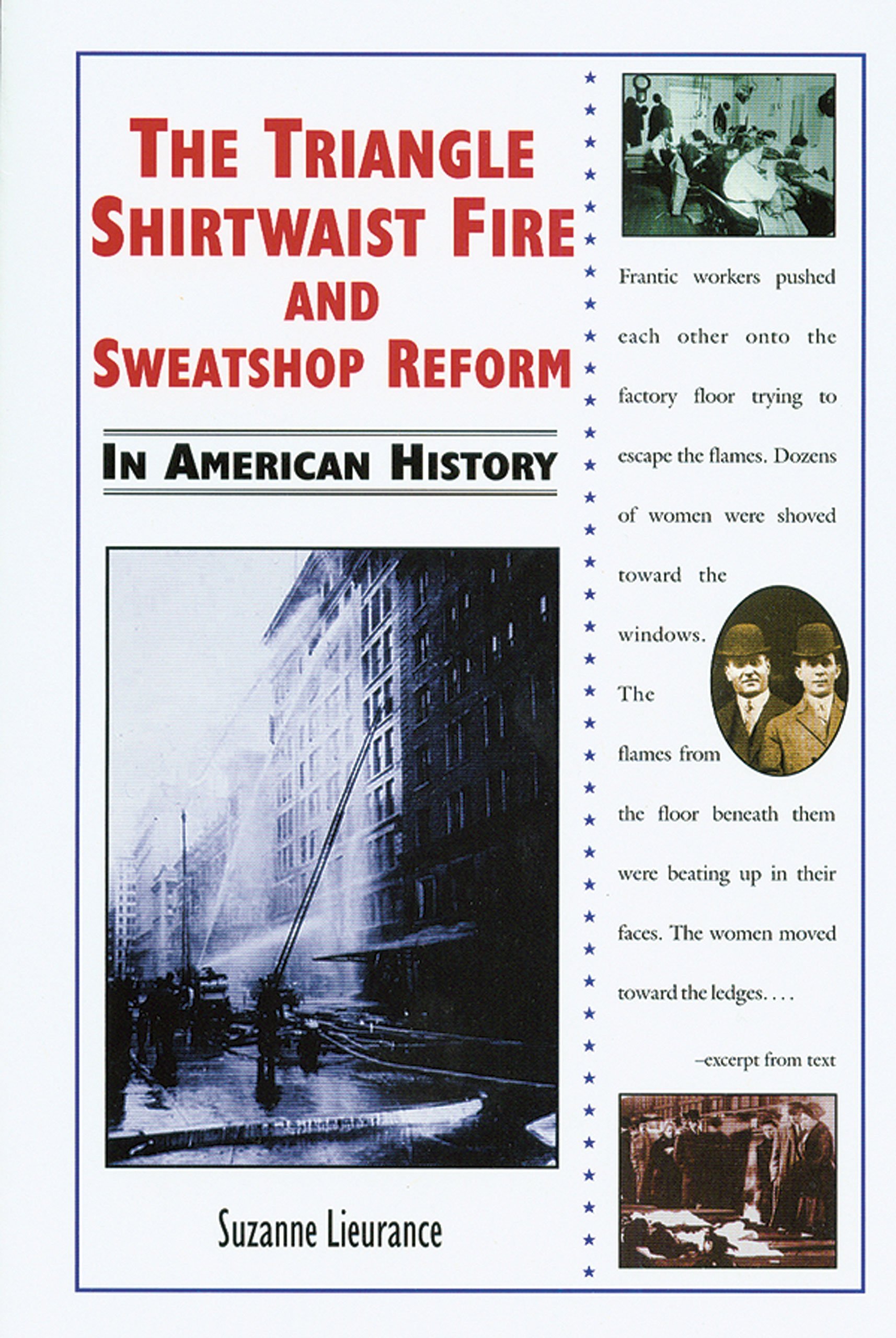 Catalog items
Catalog items
-
The Triangle Shirtwaist Fire and Sweatshop Reform in American History by Suzanne Lieurance is a young adult nonfiction book.
-
The Triangle Shirtwaist Factory Fire: Core Events of An Industrial Disaster by Steven Otfinoski is a nonfiction book for kids and is immediately available from Freading.
-
Flesh and Blood So Cheap: The Triangle Fire and Its Legacy by Albert Marrin is a youth nonfiction book available in physical or digital formats.
-
The Triangle Shirtwaist Factory Fire by Michelle Houle is an adult nonfiction audiobook instantly available from OverDrive.
-
Triangle: The Fire That Changed America by David Von Drehle is an adult nonfiction title available as a physical or digital book in our collection.
Plus, learn more about Key Events in the History of Sweatshop Labor with this timeline in our Issues and Controversies database.
Of course, no overview of America’s twentieth century feminist movement would be complete without mentioning suffrage. The “Woman Suffrage” entry in our Issues and Controversies database summarizes the effort well, and goes into greater details. Find the full piece here.
Right of women to share on equal terms with men the political privileges afforded by representative government and, more particularly, to vote in elections and referendums and to hold public office. Equal political rights for women have been advocated since antiquity. Under the autocratic forms of government that prevailed in ancient times and under the feudal regimes of the Middle Ages, however, suffrage was so restricted, even among men, that enfranchisement of women never attained the status of a major political issue. Conditions warranted organized woman-suffrage movements only after suffrage had been won by large, formerly disfranchised groups of the male population as a consequence of the democratic revolutions of the 18th and 19th centuries
Learn more about suffrage, the fight for the vote and other women-led efforts in these catalog items:
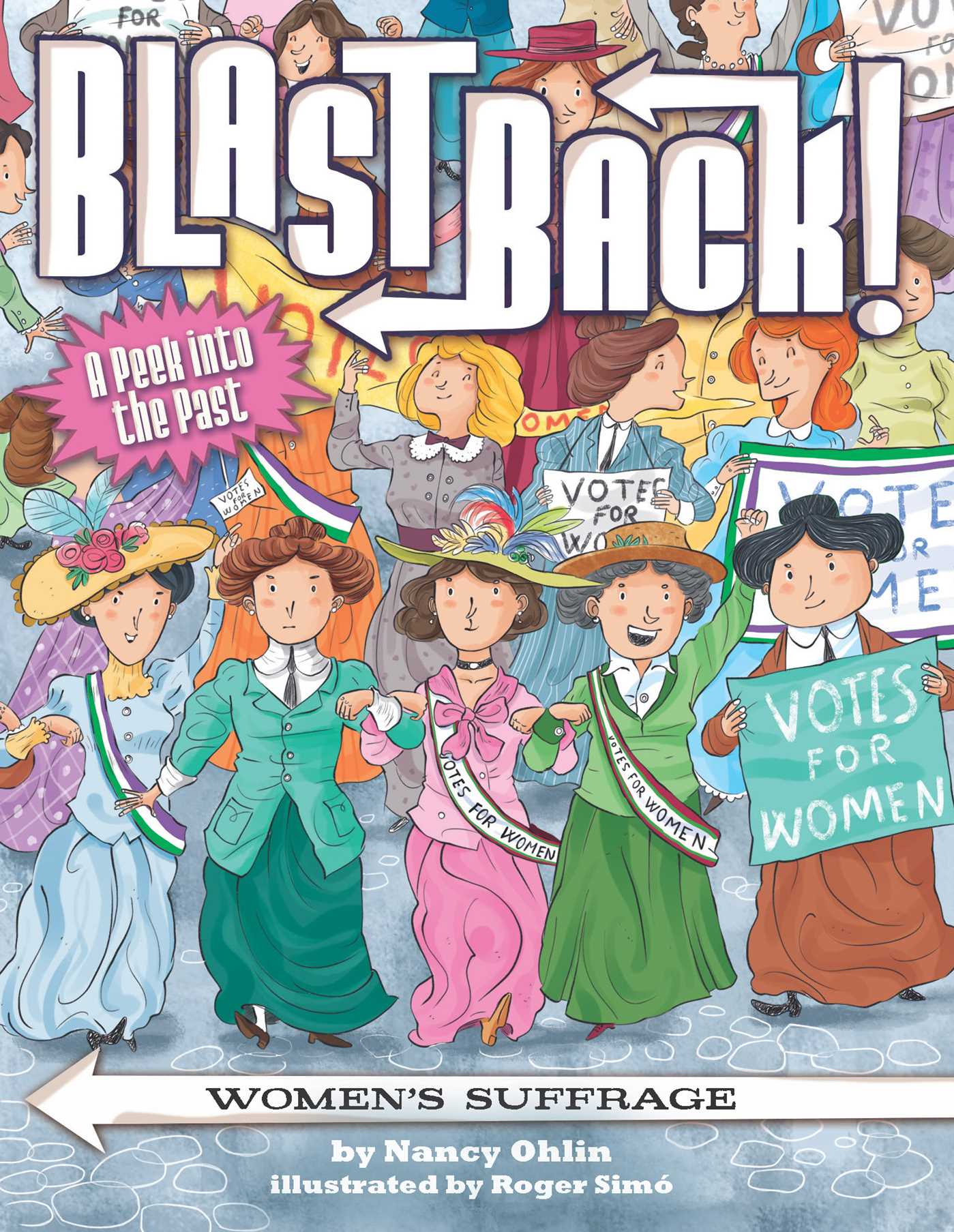
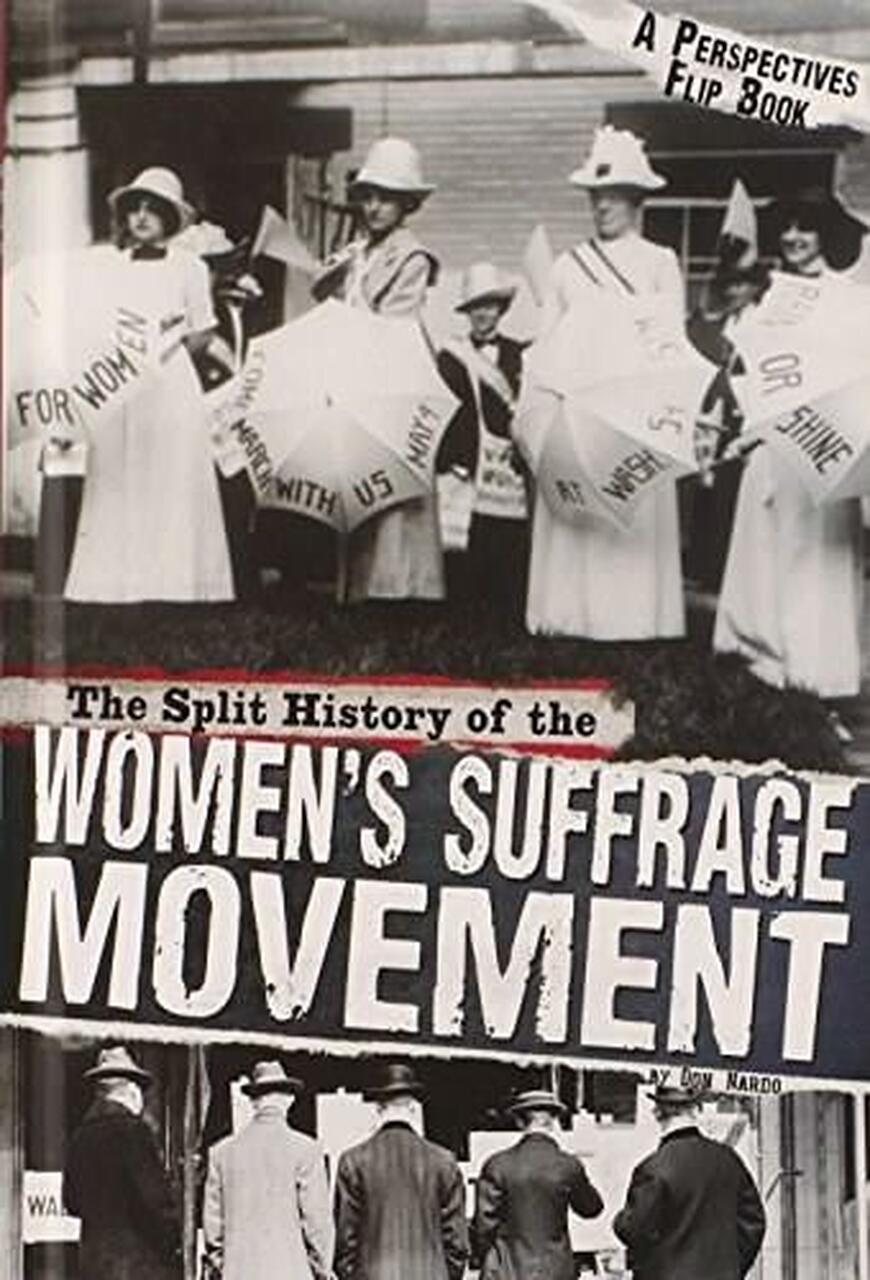
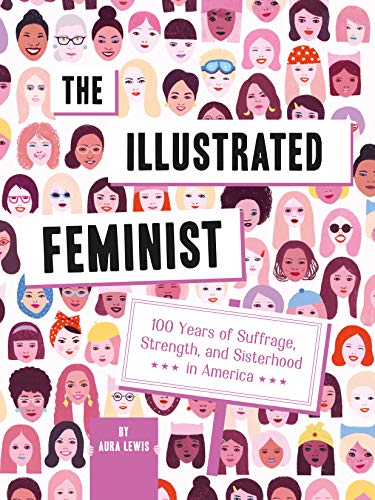
-
Women’s Suffrage by Nancy Ohlin is a nonfiction book for children. Place a hold today for curbside pickup!
-
The Split History of the Women’s Suffrage Movement: A Perspectives Flip Book by Don Nardo is a nonfiction children’s book instantly available on Freading.
-
The Illustrated Feminist: 100 Years of Suffrage, Strength, and Sisterhood in America by Aura Lewis is a nonfiction children’s book instantly available from Freading.
-
Votes for Women! American Suffragists and the Battle for the Ballot by Winifred Conkling is a youth nonfiction book available in physical or digital formats.
-
How Women Won the Vote: Alice Paul, Lucy Burns and Their Big Idea by Susan Campbell Bartoletti is a nonfiction children’s book available for pickup. Place a hold today!
-
Intersection Allies: We Make Room for All by Chelsea Johnson is a juvenile nonfiction book. Place a hold to pick up a copy at your preferred TCCL branch!
-
Why They Marched: Untold Stories of the Women Who Fought for the Right to Vote by Susan Ware is an adult nonfiction book available for pickup at your preferred TCCL branch.
Find more Women’s History Month books for kids in THIS librarian-curated list.
